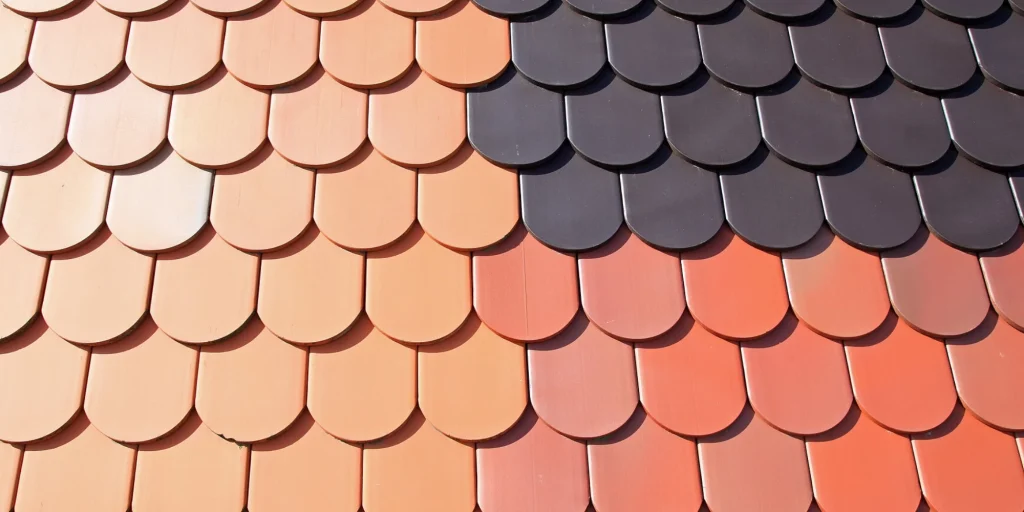In an era where sustainability is a growing concern, many homeowners are looking for ways to make eco-friendly choices while also saving on their taxes. Roof shingles that qualify for energy tax credit are a prime example of how you can achieve both goals. In this guide, we’ll explore the world of energy-efficient roof shingles, their benefits, and the criteria they must meet to qualify for valuable energy tax credits.

Understanding Energy-Efficient Roof Shingles:
Energy-efficient roof shingles, often referred to as “cool” or “reflective” shingles, are designed to reflect more sunlight and absorb less heat than traditional asphalt shingles. They offer several advantages:
- Reduced Energy Consumption: Cool shingles help keep your home cooler by reflecting solar energy. This, in turn, reduces the need for air conditioning, leading to lower energy bills and reduced environmental impact.
- Extended Roof Lifespan: Energy-efficient shingles can help prolong the life of your roof by reducing the temperature-related stress on roofing materials.
- Tax Credits: The use of cool shingles that meet specific criteria can make you eligible for energy tax credits, providing financial incentives for energy-efficient upgrades.
Criteria for Energy Tax Credits:
To qualify for energy tax credits with your roof shingles, there are specific criteria that must be met:
- Roof Shingle Reflectivity: Energy-efficient shingles must have a high solar reflectance, meaning they reflect a significant portion of the sun’s energy. Look for shingles with a Solar Reflectance Index (SRI) value of 29 or higher.
- Roof Shingle Emissivity: Emissivity refers to the shingles’ ability to release absorbed heat. Energy-efficient shingles should have a low emissivity value, meaning they release absorbed heat efficiently.
- Roof Slope: The slope of your roof plays a role in determining eligibility for energy tax credits. Low-slope and steep-slope roofs have different requirements, so it’s essential to choose shingles that match your roof’s characteristics.
- Manufacturer Certification: The cool shingles you select should be certified by the Cool Roof Rating Council (CRRC) or another recognized authority. Certification ensures that the shingles meet the required energy-efficient criteria.
Benefits of Energy Tax Credits:
Using energy-efficient roof shingles that qualify for energy tax credits offers several advantages:
- Lower Energy Bills: By reducing your home’s energy consumption, you’ll enjoy lower cooling costs during hot months, leading to reduced energy bills.
- Environmental Impact: Energy-efficient roofing helps decrease your carbon footprint by lowering your reliance on air conditioning and reducing energy usage.
- Extended Roof Lifespan: Reflective shingles can extend the life of your roof, reducing the need for premature roof replacement.
- Tax Savings: The primary benefit is the potential for energy tax credits, which can reduce your overall tax liability and provide significant savings.
Selecting the Right Energy-Efficient Shingles:
When choosing energy-efficient roof shingles, consider the following factors:
- SRI Value: Look for shingles with a high Solar Reflectance Index (SRI) value to ensure maximum reflectivity.
- Emissivity: Opt for shingles with low emissivity to enhance heat release.
- Certification: Check for shingles certified by authoritative organizations such as the Cool Roof Rating Council (CRRC).
- Roof Slope: Ensure the shingles match your roof’s slope and requirements.
Conclusion:
Energy-efficient roof shingles that qualify for energy tax credit are an excellent investment for both your wallet and the environment. They offer energy savings, tax benefits, and the opportunity to reduce your home’s carbon footprint. By understanding the criteria for tax credits and selecting the right shingles, you can enjoy a sustainable and cost-effective roofing solution that benefits your home and the planet.
As you embark on your roofing project, consider the long-term impact of your choices and how they contribute to your home’s energy efficiency and sustainability.



Leave a Reply